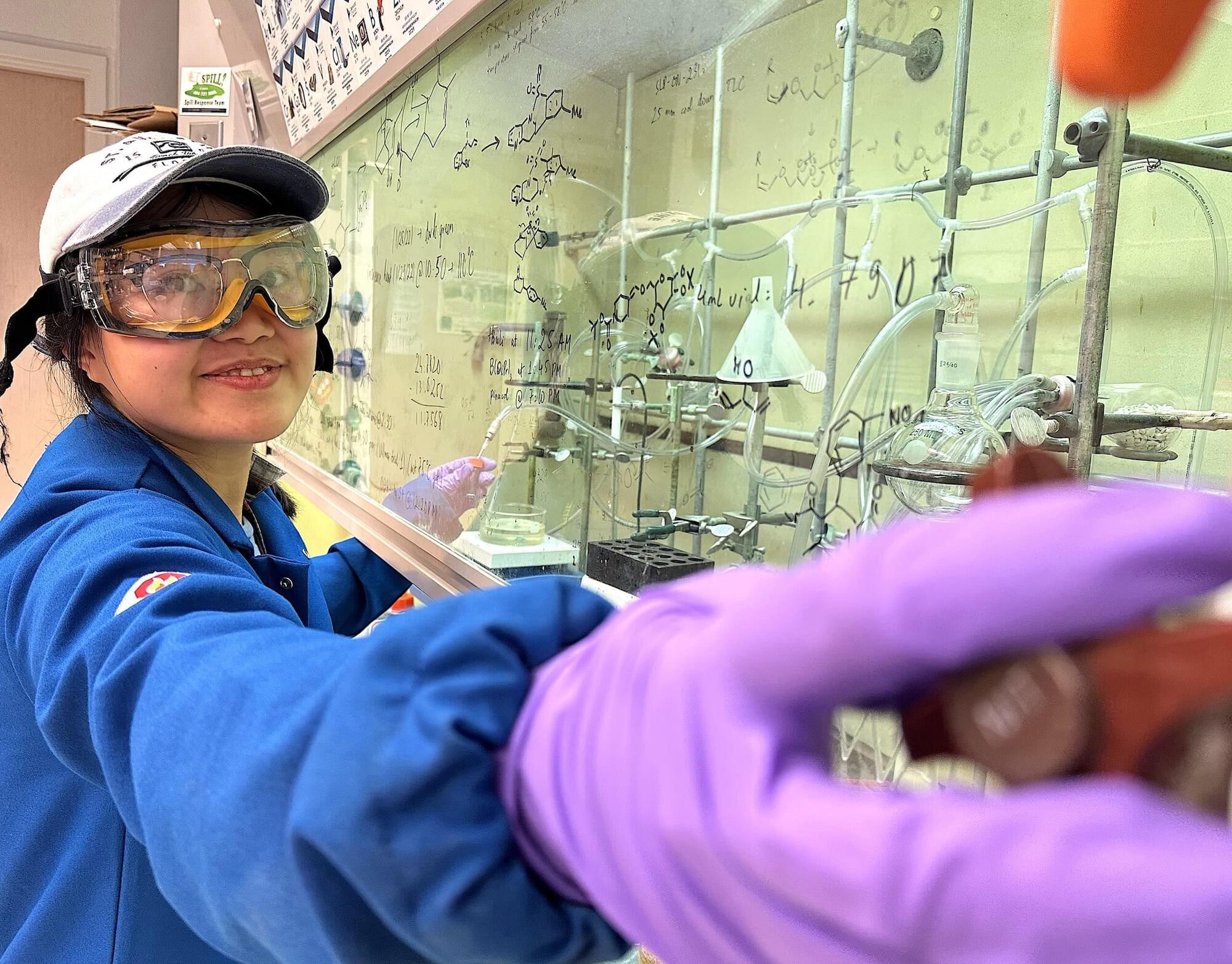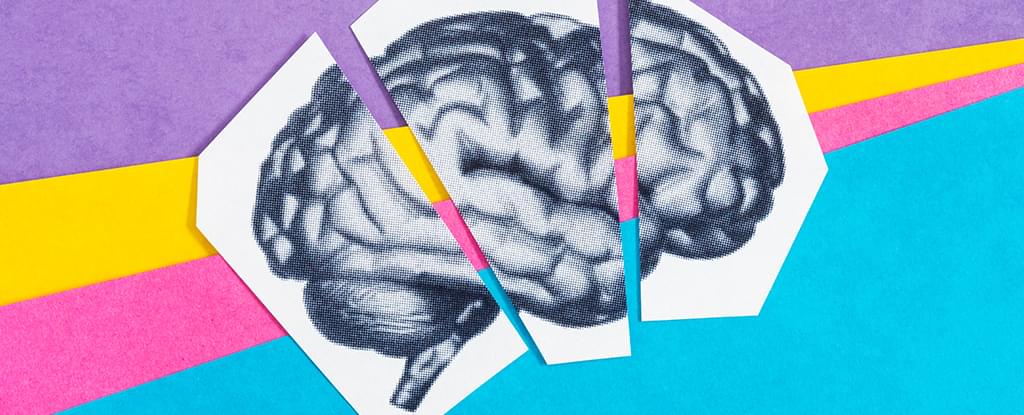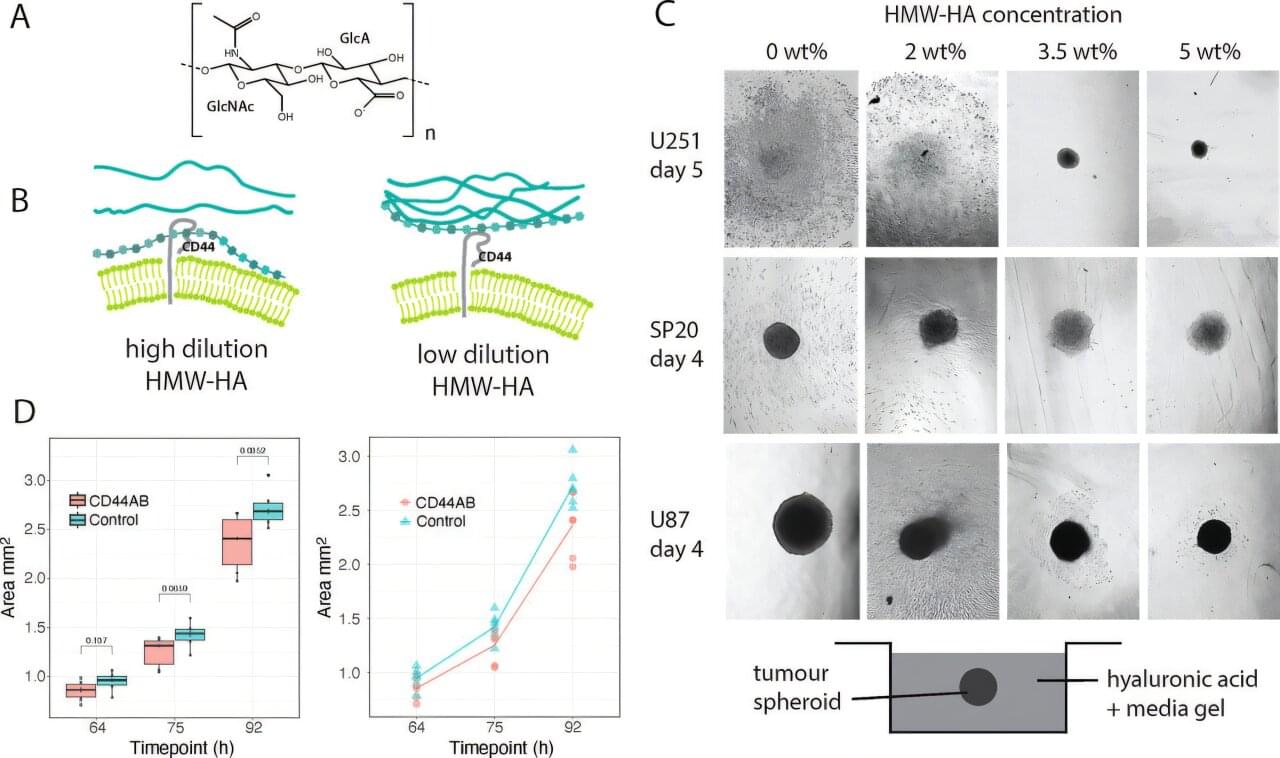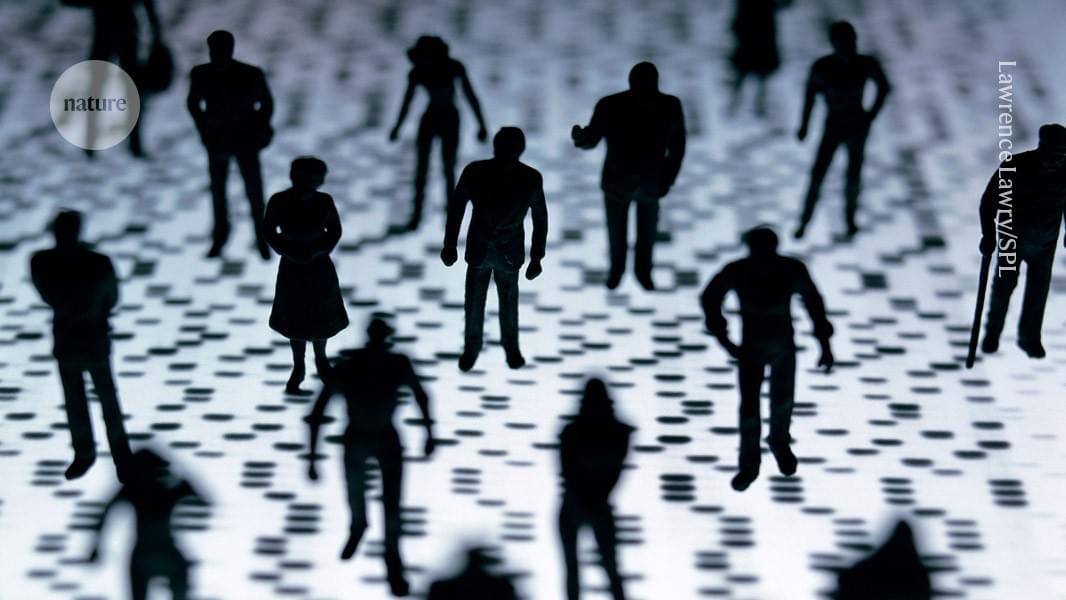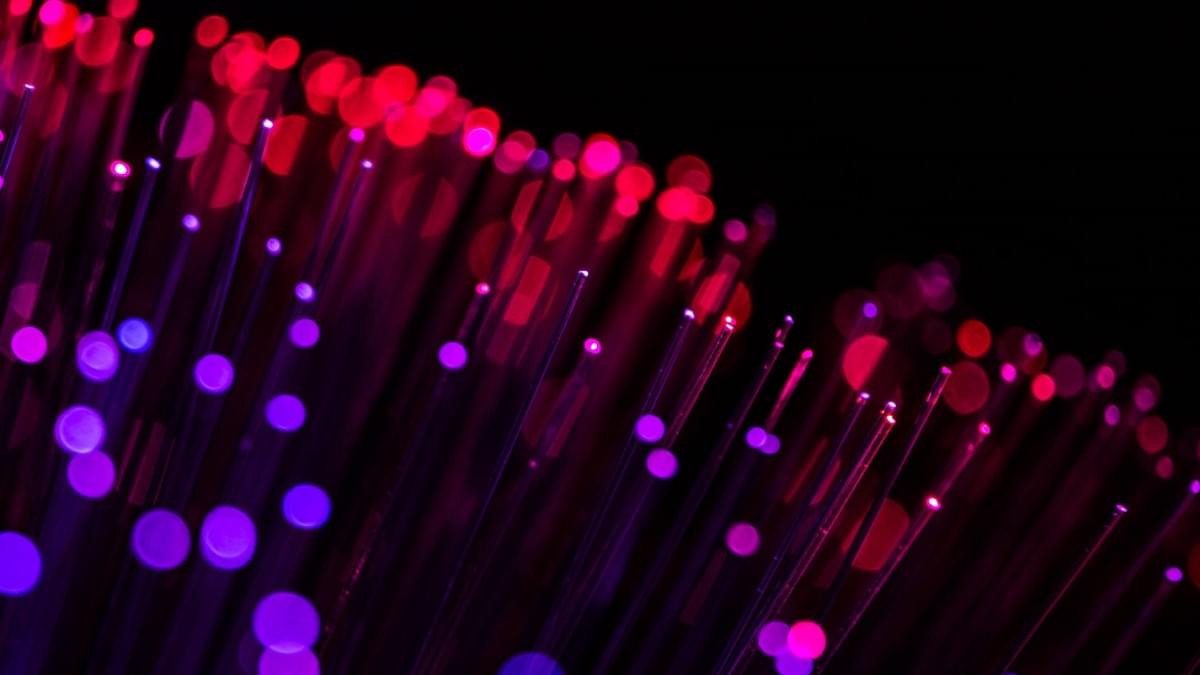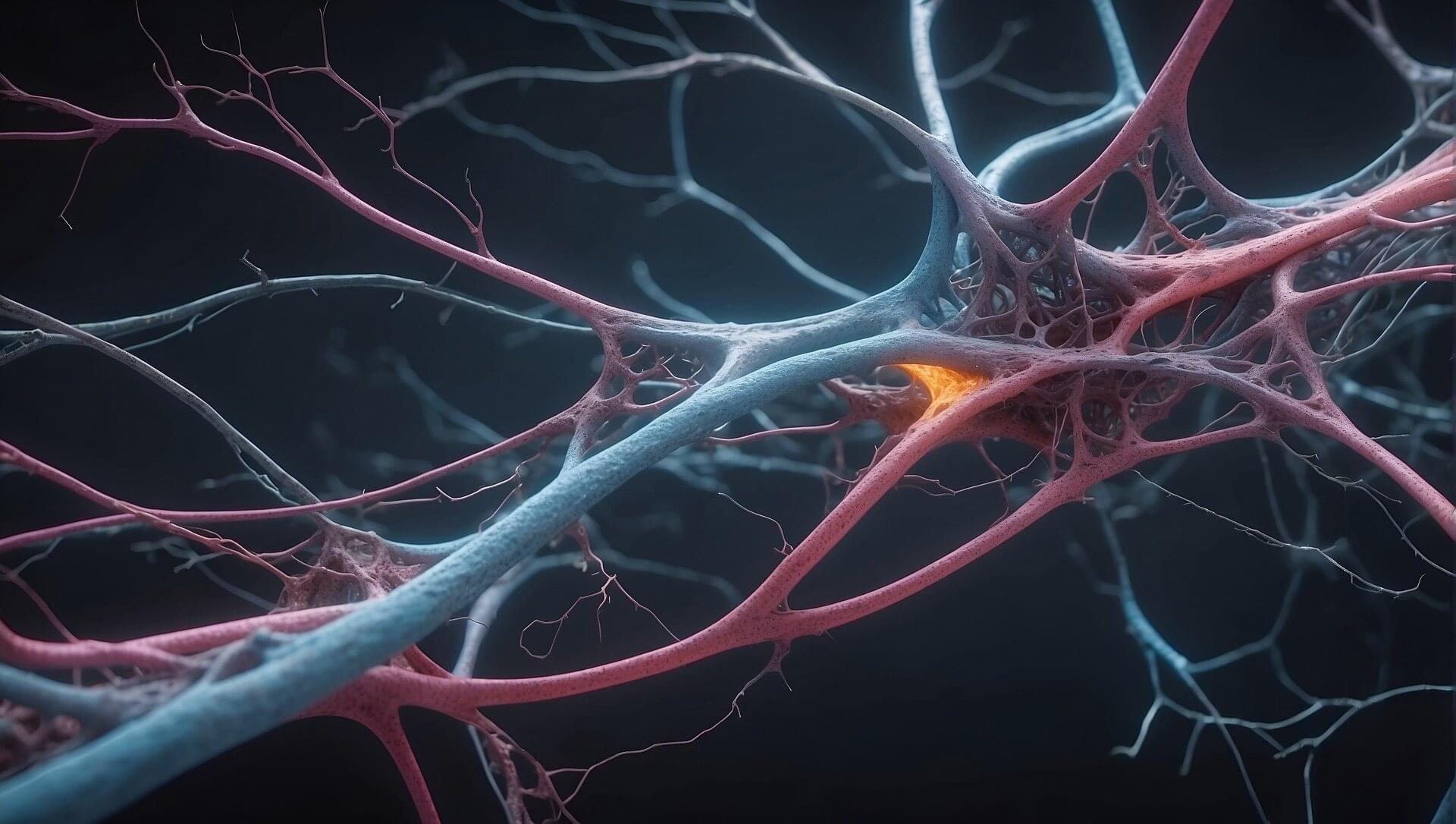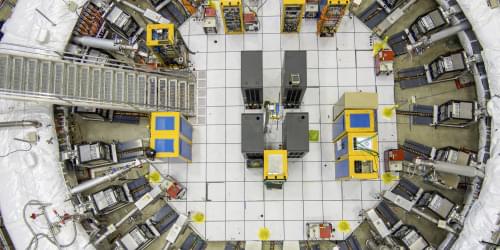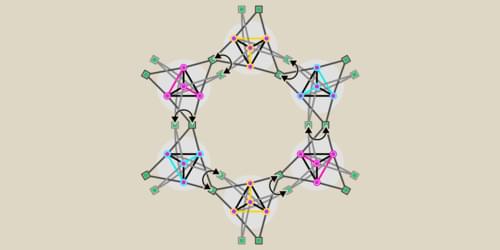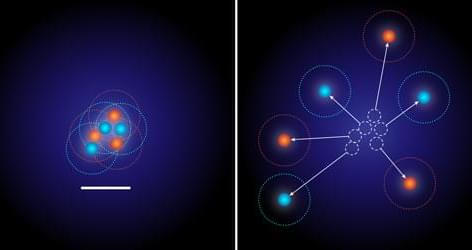A new approach to an established reaction boosts the ability to synthesize vinylic ethers—key building blocks for many molecules important to human health. The journal Organic Letters published the breakthrough, made by chemists at Emory University.
“Our method is easy to reproduce and is based on widely available and inexpensive compounds,” says San Pham, an Emory Ph.D. candidate and first author of the paper. “We can apply this method to make multiple natural products, including novel vinylic ethers.”
Her research improves the reliability, yield and generality of what is known as the Chan-Evans-Lam reaction. These enhancements greatly expand the reaction’s potential for the synthesis of complex, biologically active compounds for drug research.
